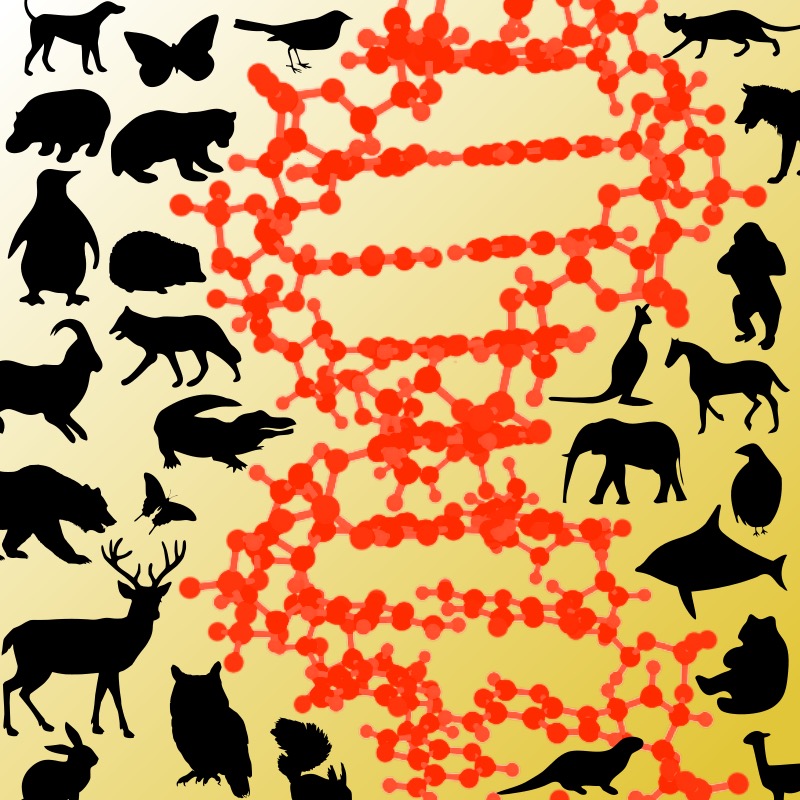There is vast amount of highly competitive and optimized genetic information in rainforests [1]. In this rather sketchy article I have collected some of my thoughts how this fact could save rainforest from complete destruction and how the business world could appreciate rainforest more.
Mining, selling, and preserving the genetic information in rainforests should be a larger business than the massive global wood and paper industry of today. In addition to wood, the cut down areas are often reused as fields for genetically-poor monocultures of oil palms or other agricultural products.
How to make the preservation genetic information a valuable business? To be a large business, you need to be a better business than the alternatives.
How we make the mining of genetic information stored in the rainforests a better business that tree cutting?
The better the market, the better the business. Therefore there needs to be a market. A market that sells genetic information.
Any genetic information. Not just natural or common. Anything RNA/DNA.
If there is a market for any DNA then there is a market for rare and novel DNA.
Rainforests are full of rare and novel DNA. Human genome has about 725 megabytes of data and about 4 megabytes of information [2].
There are tera- if not peta- if not exabytes of data in a small area of rainforest. There are trees, vines, grasses, mosses, frogs, insects, worms, amoebas, bacteria, and viruses, and their endless subtleties. The vastness of this data is hard to even measure, there is just so lots of it.
To sell it, there needs to be a buyer.
Who are the buyers?
If there is something variable at sale, there are at least private collectors. Private collectors are a niche.
Fortunately, there are already organisations and businesses that collect and store genetic data [3][4].
Who else wants to buy DNA? Anybody?
DNA is a kind of a program. A set of algorithmic instructions for proteins to emerge.
Who wants to buy programs? If you look around, almost everybody. Let it be apps, software, programs, or packages, there is a huge market for them.
A genetic program can be an algorithm to grow plants. It can be an algorithm to grow creatures, or an algorithm to behave in the complex world.
Living things do stuff. They create proteins and other nutrients, with impossibly wide range of properties.
Living things can provide means to convert material to another material. Building blocks to builds and vice versa.
Could it be mainstream? Could genetic programs become one day so beneficial and simple that products that have them could be found in every household? Could hackers of tomorrow piece together their new houseplant with glowing stems?
I do not know. Yet, I believe so.
For the rainforests, I hope so.

